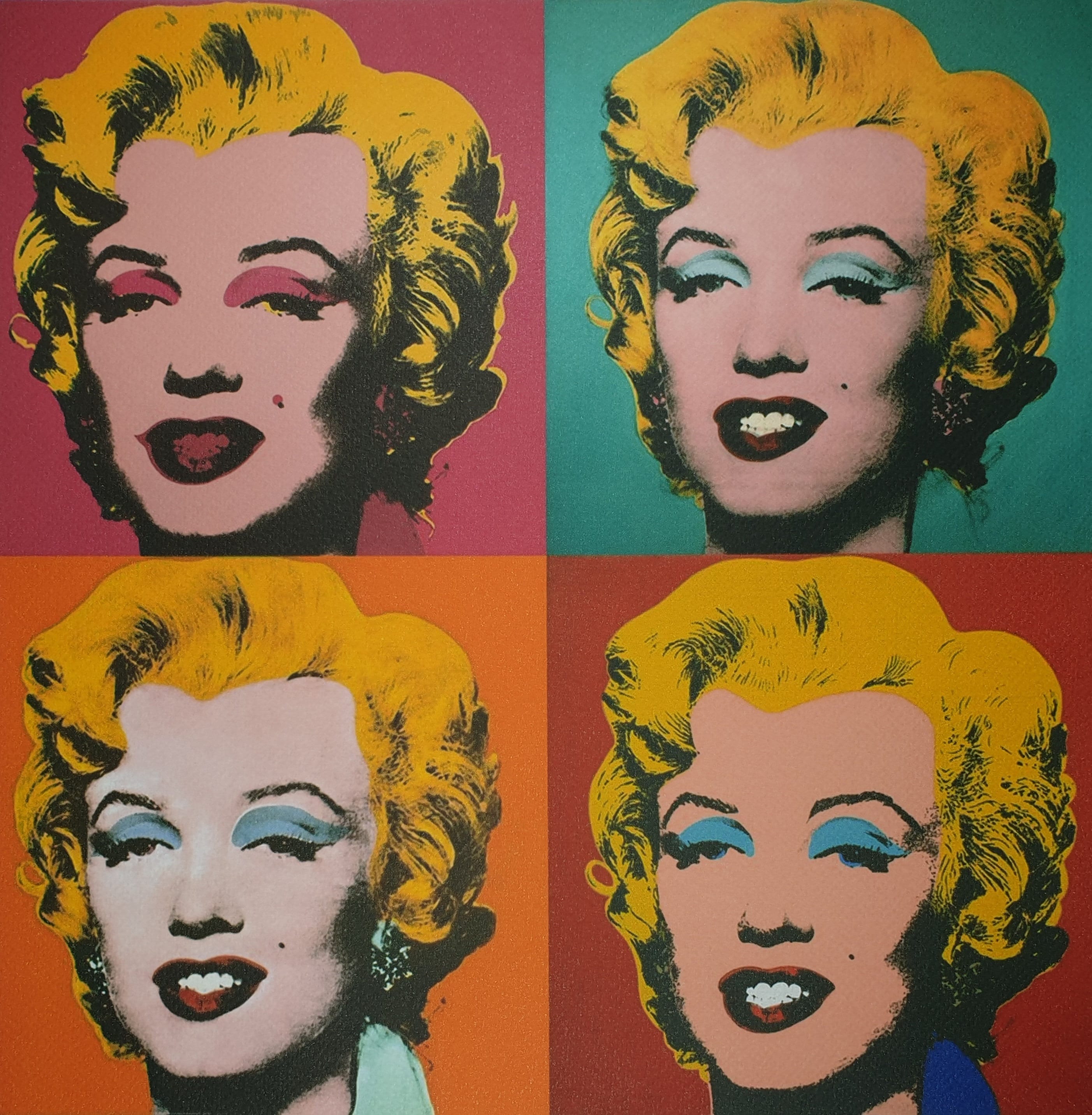
Upgradable NFTs. The future of NFTs?
As happened more than thirty years ago, when Pop Art broke in with Andy Warhol as the main standard-bearer, his work consisted largely of the intervention of photographs, especially advertising. Like the iconic Marilyn Monroe photo, where all credit for the stir it caused was attributed to Warhol, regardless of the original photograph being taken by an artist whose credit is zero. The example is mythical, but like this one, there are thousands. Returning to the present, in the context of NFTs this could be one of the solutions to come.

How NFTs have revolutionized the ability to source blockchain-protected goods, and the alternative for thousands of creators to distribute their pieces effectively raises the obvious question. What if once you have purchased an NFT; an artist decided to intervene and update it? Do the NFTs have the capacity to guarantee a collective creation mechanism?
Co-creation or updates involve many possibilities- What if a collector decided to intervene with a patch of pixels on a Trevor Jones work. One of the important issues to consider about upgradeable NFTs is the element of “consensus”, in that scenario, only some of the pieces in an artist’s collection could be upgradeable.
In the universe of NFTs, this is an idea that is in full swing, and in which several major players are trying to put their goals, such as Wakatta, a series of new, time limited, upgradeable NFTs developed on SUBSTRATE. The objective of this project is to open the door to the participation of creators within the NFT universe, particularly for the entertainment industry.
Upgradable NFT Applications.
It is not the only example, upgradeable NFTs are potentially useful in various industries, such as commercial, where Ether Cards participate in the creation of custom NFTs that together with dynamic cards, interact with physical items, unlock upgrades and changes based on events of the real world.
Or Phantasma, a gaming blockchain that is developing a function in its NFT that allows to control the availability and time of its assets within the game.
Music is also important, since throughout the development of the digital revolution it has been the industry and the artist niche that has benefited the least. So today, artists face an uneven distribution of royalties earned from distributing their music on platforms such as Spotify, Deezer, Apple Music, etc. In all the time that music has been considered as an “industry” the problem has been the profit that a musician receives from the sale of his music. Upgradable NFTs open the possibility of more efficient distribution of music, that does not have to go through intermediaries and that facilitates the creation of exclusive material, collaborations, and remixes, without the legal implications that often arise.
Unlimited NFT.
The unlimited NFT’s are another of the great applications of the upgradeable NFTs, as we previously commented on the utility NFTs, a great potential of these is the ability to be used to credit tickets to events such as concerts or games, once the artists have been used, they can be configured to be reusable or to gamify their use and later continue to collect value as collectibles that can eventually be marketed.
In a very short time, NFTs are proving to be much more than a collector’s JPG, their applications before and after being acquired make them find a capacity for innovation that transcends being simple collectible pieces.

Leave A Comment